Classic Movie Mondays: Who’s Afraid of Virginia Woolf? (1966)
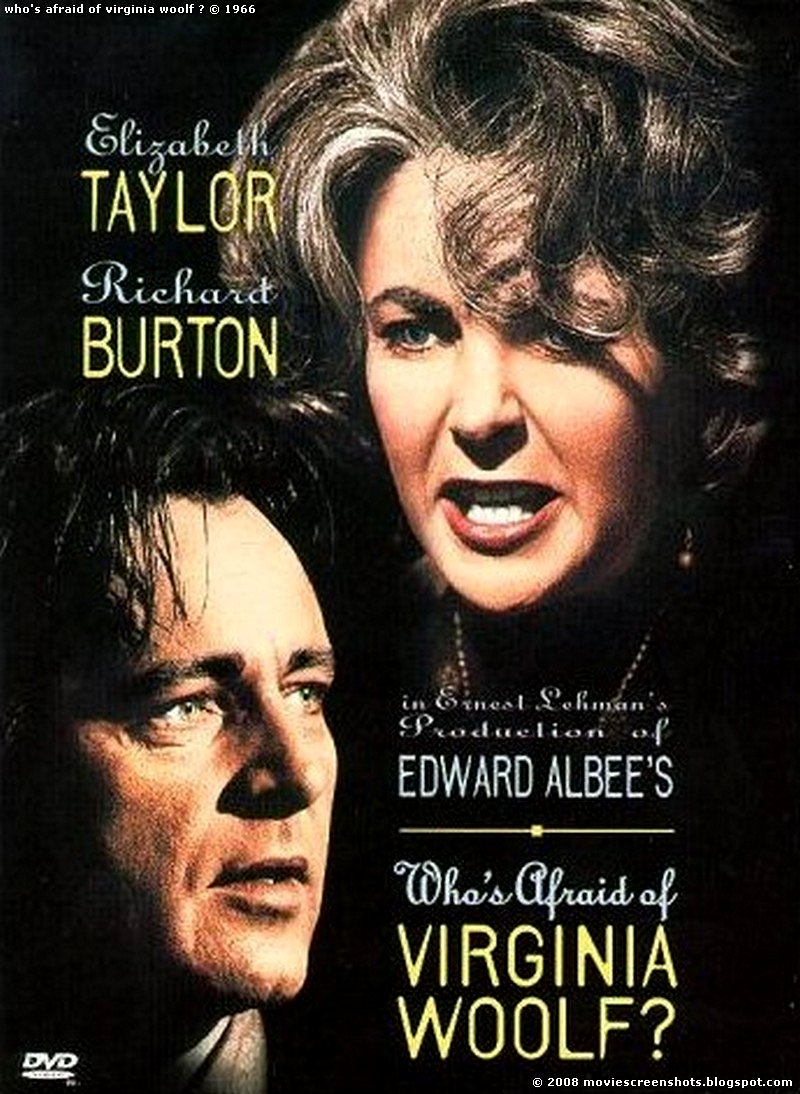
Who’s Afraid of Virginia Woolf? was one of the seminal films of the 1960s that took home five Academy Awards out of an astounding 13 nominations.
Both Richard Burton and Elizabeth Taylor gave the performances of their careers in Who’s Afraid of Virginia Woolf?and silenced any critics who felt that their substantial talents were too often eclipsed by their off-screen movie star personas and constant presence in the tabloids.
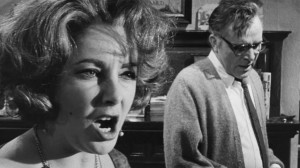
Elizabeth Taylor surprised everyone–including herself–with her knockout performance as Martha. The role earned her a second Best Actress Academy Award and established her credibility as a serious actress who was more than just a glamorous movie star.
Virginia Woolf marked the film directing debut for Mike Nichols, one of cinema’s greatest Academy Award-winning talents. Nichols, who had already made a substantial career for himself in comedy and the theater, went on to direct such notable films as The Graduate(1967), Carnal Knowledge (1971), Silkwood (1983) and Charlie Wilson’s War(2007).
Who’s Afraid of Virginia Woolf? was one of the key films of the 1960s that helped abolish Hollywood’s antiquated Production Code and usher in a more modern movie ratings system. Its controversial language and content caused an uproar, and it became the first film to be released with a warning about its adult content.
The film is considered to be one the best and most faithful film adaptations of a stage play in modern cinema.
Of all the films that famous off-screen couple Richard Burton and Elizabeth Taylor made together, Who’s Afraid of Virginia Woolf? is widely considered to be their very best collaboration.
When Elizabeth Taylor’s character Martha opens the film with her Bette Davis impression saying, “What a dump!” it is a reference to Davis’ 1949 film Beyond the Forest.
The title and song sung in the film is a play on the Walt Disney song “Who’s Afraid of the Big Bad Wolf?” from the animated 1933 short film The Three Little Pigs. However, the actors sing it throughout the film to the tune of “Here We Go ‘Round the Mulberry Bush” because the rights to the Disney song were too expensive, and “Mulberry Bush” was public domain.
Who’s Afraid of Virginia Woolf? was the first film in which the entire credited cast received Academy Award nominations for their performances.
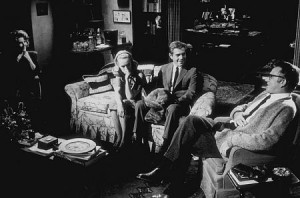
This film was the last to be nominated in the Black and White categories of Cinematography, Art Direction and Costume Design. The following year, both color and black and white films were combined into single categories.
According to cinematographer Haskell Wexler, even though Elizabeth Taylor had intentionally gained weight for the role and de-glamorized herself, she still didn’t want to have to eat too much in the opening scene when she is noshing on a chicken leg.
According to Editor Sam O’Steen, there was an argument about the glasses that Richard Burton wore for his character George. “In the beginning when we were shooting wardrobe tests,” said O’Steen in the 2001 book Cut to the Chase, “Mike [Nichols] had Burton try on glasses but [Ernest Lehman] was whining, ‘I don’t like his glasses.’ Mike said he did, that they fit Burton’s character. So Ernie said, ‘Well, what if it comes down to the last day and we have to go one way and I don’t want him to wear glasses.’ ‘Well,’ said Mike, ‘I’ll kill you.’ End of conversation.”
According to cinematographer Haskell Wexler, after the Warner Bros. crew left the New England location used for the exteriors of George and Martha’s house, the studio was sued by a group of nearby farmers who claimed that all the bright lighting had “upset” their cows to where they no longer gave as much milk as before.
In the scene in which George and Martha drunkenly leave the roadhouse and wrestle by the car, Elizabeth Taylor accidentally hit her head hard in one of the takes and started to pass out.
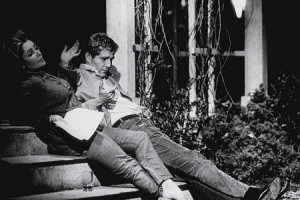
Director Mike Nichols and his former comedy partner Elaine May co-starred as George and Martha in a stage production of Who’s Afraid of Virginia Woolf? at the Long Wharf Theatre in 1980.
Elizabeth Taylor told 60 Minutes in an interview that she thought Richard Burton had deserved to win the Best Actor Academy Award for his role as George in Who’s Afraid of Virginia Woolf?.
When Haskell Wexler accepted his Academy Award for Best Black and White Cinematography for Who’s Afraid of Virginia Woolf? he said at the podium, “I hope we can use our art for peace and love.”
Elizabeth Taylor did not attend the Academy Awards ceremony when she won Best Actress for Virginia Woolf. Actress Anne Bancroft accepted the award on her behalf from presenter Lee Marvin.
Sandy Dennis was also not present at the Academy Awards ceremony when she won Best Supporting Actress for her role as Honey. Mike Nichols accepted the award on her behalf from presenter Sidney Poitier.
When Richard Burton and Elizabeth Taylor separated for the first time, Taylor famously said that she was “tired of playing Martha.” The two were often referred to in the press as the “Battling Burtons” and were known for having a dramatic, passionate and volatile relationship.
Classic Horror Movie Night: The Haunting, 1963
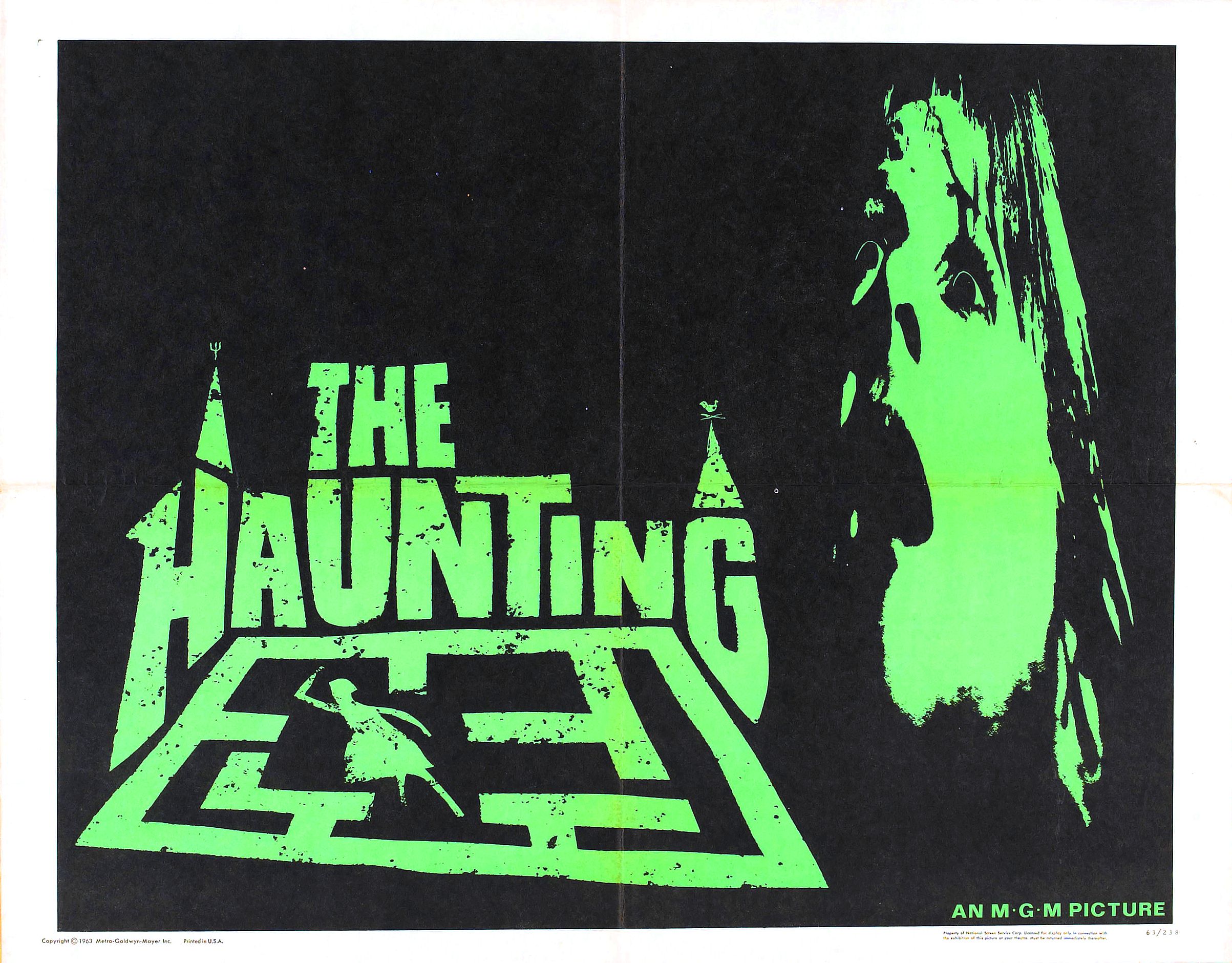
Long before The Legend of Hell House (1973) or Ghost Story (1981) orPoltergeist (1982), Robert Wise directed a creepy little tale about the supernatural called The Haunting (1963), which was based on the Shirley Jackson novel, The Haunting of Hill House. In the film, Dr. John Markway (Richard Johnson), a professor of anthropology with a deep interest in the occult, decides to investigate an infamous mansion with a long history of unexplained psychic phenomena. Joining him in his experiment are Luke Sanderson (Russ Tamblyn) who stands to inherit the house from his family, and two volunteers, Eleanor Vance (Julie Harris) and Theodora (Claire Bloom) who possess unusual extrasensory sensitivities.
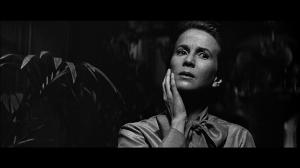
Though set in New England, The Haunting was actually filmed in England with the interior scenes being shot at the MGM studio in Borehamwood. “The exterior was a several-hundred-years-old manor house out in the country, about ten miles from Stratford-on-Avon,” Robert Wise recalled in the book, Robert Wise on His Films by Sergio Leemann. “It was a pretty horrifying-looking thing under certain kinds of lights and I accentuated that by shooting some of the exteriors with infra-red film. I shot the film in Panavision and, at that time, there wasn’t any wide-angle lens in anamorphic….I wanted to make those hallways look long and dark and dank.”
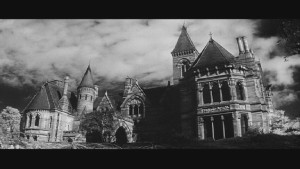
Wise admitted that he was attracted to the project because the book made the hair curl on the back of his neck and because it was an opportunity to return to his roots. He started his career working for RKO producer Val Lewton, who specialized in B-movie thrillers. Curse of the Cat People was his first Lewton film and The Body Snatcher was his most accomplished film for the studio. You can see Lewton’s influence on Wise in The Haunting by the way he emphasizes the set design and camera angles to create an eerie atmosphere.
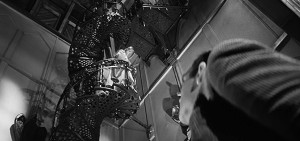
As for some of the more frightening sequences in The Haunting, Wise recalls that, “the spiral staircase in the library was such an effective prop in the picture. It was scary when you were up on that thing and it was rocking around. The one shot we did on it that fascinates people the most is when the camera is at the bottom and goes up. We designed the banister of the stairway to be so wide and thick that it would fit a small rig with wheels on it – a little, light dolly that would hold a hand-held camera. We had our camera on that and we had a control wire underneath, all the way down. We simply took the camera up to the top on this rig, started it, rolled it down, and then reversed the film. It was all done on that balustrade. Another simple effect was the door that buckles. The door was all laminated wood, layers of wood on top of others. All I had was a strong prop man on the other side who would push it and move it. That’s all it was and it scared the hell out of everybody.”



